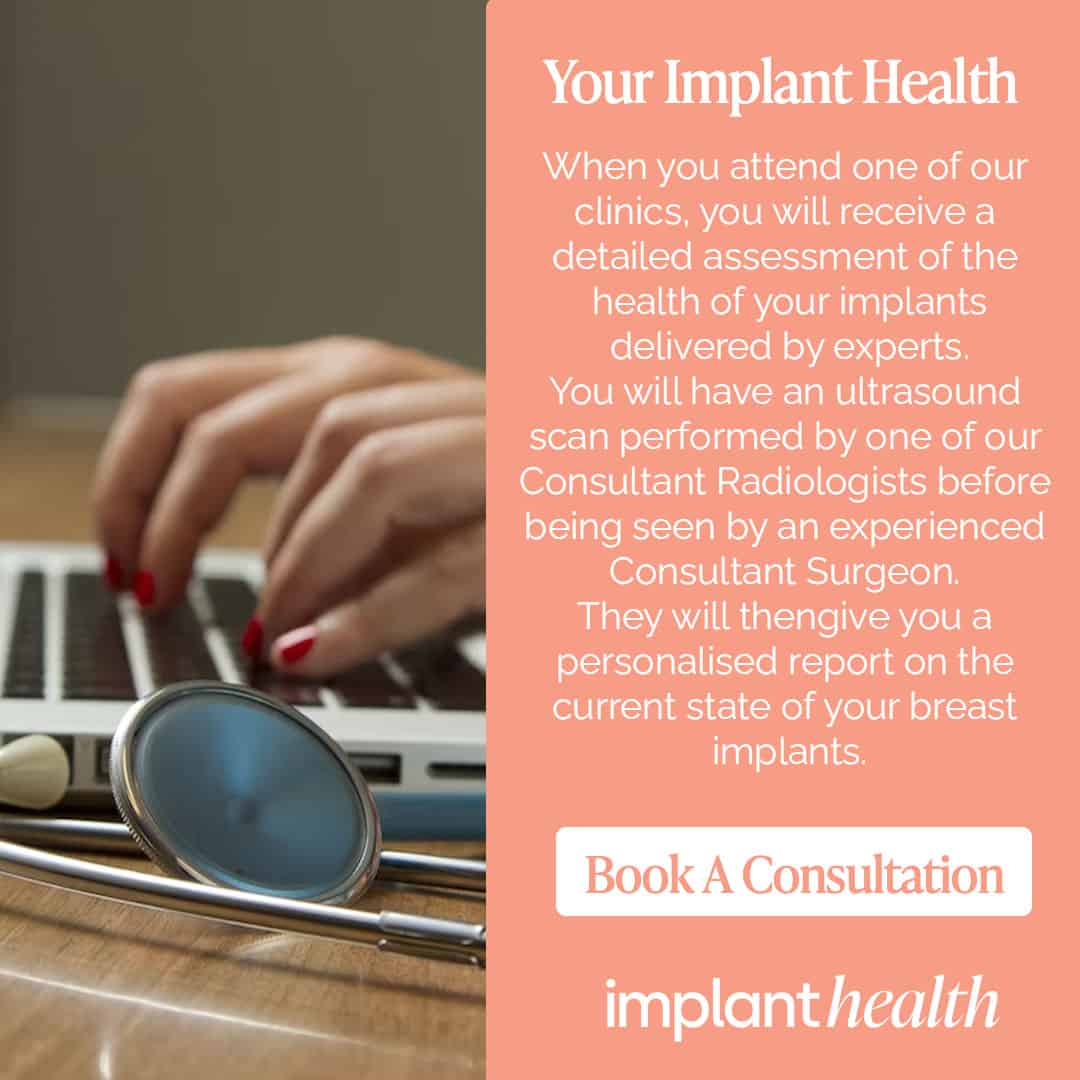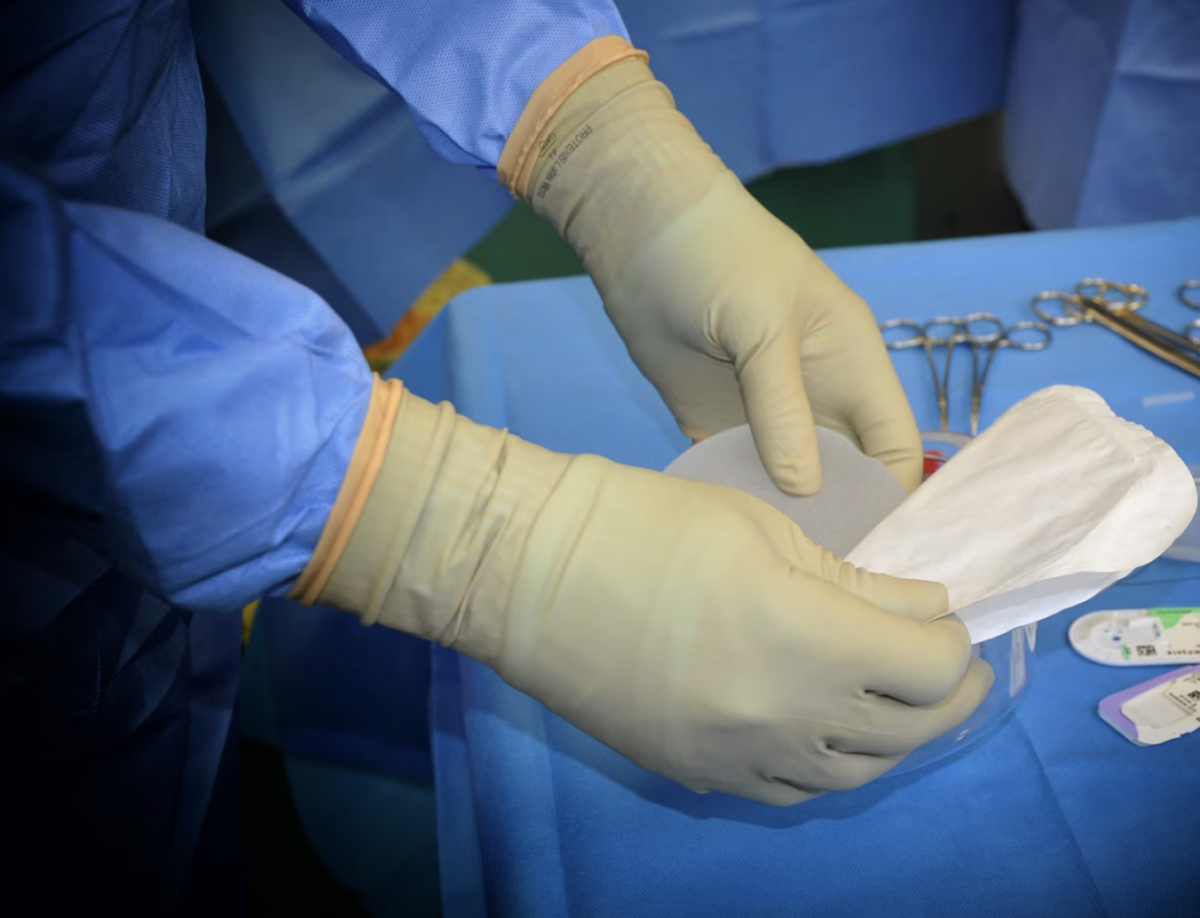Can Breast Implants Cause Health Problems
Can Breast Implants Cause Health Problems?
Can breast implants cause health problems? If you have undergone or are considering having a breast augmentation this is one question you may be pondering.
Breast augmentations are considered safe; however, it is important to remember that like any medical procedure, they do carry a risk of complication.
What Complications Should I be Aware of?
So, can breast implants cause health problems? Being one of the most popular, and sought-after cosmetic procedures, complications arising from breast augmentations are very rare. However, if you suspect something is wrong, it is important to get your implants checked by a professional as soon as possible.
On average, the lifespan of a breast implant is around 10 years, but we recommend having your implants checked by a professional every couple of years to ensure it is still healthy.
Below, we have detailed some of the complications to look out for.
Breast Implant Infection
It is important to remember that breast implants are a foreign material and therefore can become infected. If you develop a high fever, breast pain, swelling, tenderness, breast discharge, or the breast feels hot to the touch, we advise you to seek professional help right away.
Infections can generally be treated with antibiotics, but in more severe cases, we may need to clean the infected tissue and remove the implant.
Breast Implant Ruptures
This type of complication is more common in older implants; however, they can occur at any time. Symptoms to look out for include a change in breast size or shape, hardness around the implant, redness on the skin, or lumps under the arm.
For some patients, a ruptured implant may not present with any symptoms, this is known as a silent rupture. Again, we recommend having your implants checked regularly to avoid any problems.
Capsular contracture
It is natural for women to develop a thin layer of scar tissue over the surface of the implant, this is known as a capsule. However, if this capsule becomes abnormally thickened it may begin to cause discomfort in the breast or change its shape.
We call this a capsular contracture, which may require surgery to remove the hard capsule of tissue.
Breast Implant Malposition
This happens when the implant begins to move. It can happen soon after the initial surgery or sometimes later down the line. Now, there are several types of positioning problems, including:
Rotation – this is more common with teardrop-shaped implants
Implant flipping – which results in a sudden change of shape
Slipping – where the implant slips to the bottom or the side of the breast.
Seroma (fluid around the implant)
If your implant ruptures or you have a low-grade infection it can cause fluid to collect around the implant. In rare cases, the fluid may be caused by anaplastic large cell lymphoma (BIA-ALCL) that develops around breast capsules. The most common symptom to look out for is an increase in your overall breast size, and you should always seek professional help to mitigate any further risk.
BIA-ALCL
BIA-ALCL, otherwise known as breast implant-associated anaplastic large cell lymphoma is an extremely rare blood cancer that forms in the capsule of breast implants. It is thought to occur around 8-10 years following your procedure, and symptoms can include a build-up of fluid or a hard lump that you can feel.
Here at Implant Health, we strive to empower and support you through your implant journey, so if you have any concerns or would like to book a screening contact our team.







